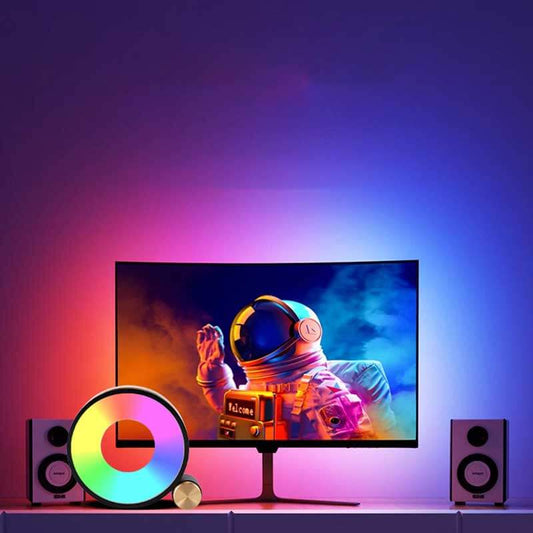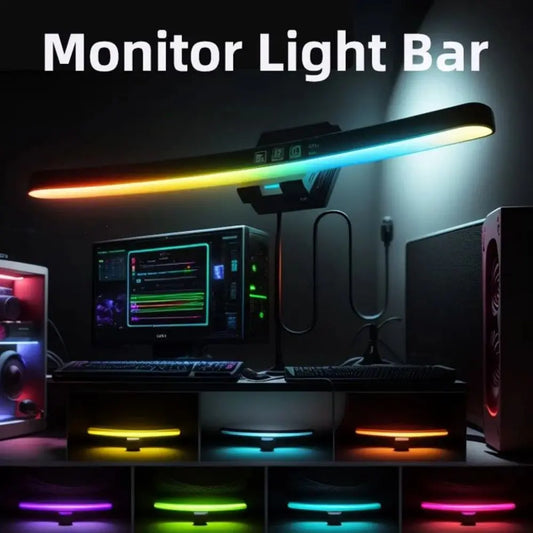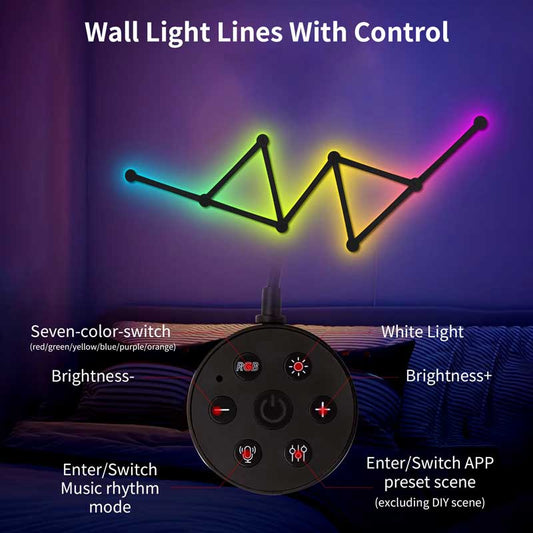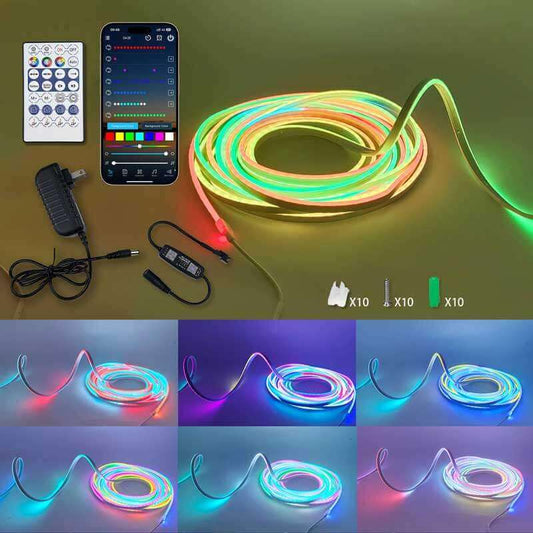Is there a law on Christmas lights?
Share
Yes, there are often local laws and regulations that govern the use of Christmas lights and other holiday decorations, particularly when it comes to safety, light pollution, and neighbor concerns. These regulations can vary depending on the country, city, or neighborhood. Here’s a breakdown of the key aspects that could apply to the use of Christmas lights:
1. Noise and Light Pollution
- Light Pollution Laws: Many municipalities have light pollution ordinances that limit how bright outdoor lighting can be, especially during the night. The purpose is to minimize the impact of excessive lighting on the environment and to reduce disruption to neighbors' sleep.
- If you’re using bright lights or lights that are pointed toward neighbors' windows, it might be subject to these laws. You may need to adjust your light setup to comply with these regulations or use shielded lights to direct the glow downward.
2. Time Restrictions
- In some areas, there are restrictions on when Christmas lights can be displayed. These laws typically regulate hours of operation for outdoor lights, to avoid disrupting neighbors during late-night hours.
- For example, lights might need to be turned off by 10:00 p.m. or midnight to prevent constant brightness throughout the night. Many regulations are meant to avoid light disturbances late at night, particularly in residential areas.
3. Electrical and Fire Safety
-
Fire Safety Codes: Most areas have fire safety regulations that apply to the use of outdoor Christmas lights. This is to ensure that the lights are safely installed and not a fire hazard.
- Extension cords should be rated for outdoor use, and lights should not be left on unattended.
- Overloading circuits can be a fire risk, so it’s important to follow proper guidelines for light bulb wattage and extension cord use.
- UL Listed Lights: Many cities require that Christmas lights be UL-listed (Underwriters Laboratories), meaning they’ve been tested for safety.
4. Height and Placement Regulations
- Placement Restrictions: Depending on your location, there may be rules about where you can place lights, especially on public property.
- Height Restrictions: Some municipalities have laws about how high you can place lights on trees or buildings. For instance, there may be safety concerns around lights installed on high structures (e.g., rooftops), which could lead to fall hazards.
5. Community or HOA Rules
-
Homeowners Associations (HOAs): If you live in a neighborhood with an HOA, they often have specific rules about the timing, duration, and appearance of holiday decorations, including Christmas lights. These rules may specify:
- When lights can be put up and taken down.
- The types of lighting that are allowed (e.g., no flashing or strobe lights).
- Restrictions on the use of projectors or other light effects that might cause disturbances to neighbors.
- It’s always a good idea to check with your HOA to make sure you are in compliance with any local bylaws.
6. Temporary Decorations
- Temporary vs. Permanent Installations: In many areas, Christmas lights are considered temporary decorations and are treated differently from permanent lighting fixtures. This means they typically aren’t subject to as many strict regulations unless they present a safety hazard.
- However, you should still take care not to create an obstruction or tripping hazard with extension cords, wires, or ladders.
7. Energy Use and Environmental Considerations
- While not often strictly regulated, some areas encourage the use of energy-efficient lights (such as LED lights) to help reduce energy consumption and environmental impact.
- Electricity Usage: Although there’s generally no specific law about how much energy you can use for Christmas lights, some communities may encourage energy-conscious displays or offer incentives for using solar-powered lights.
How to Stay Compliant with Christmas Light Regulations:
- Check Local Ordinances: Look up your city's or town's rules on decorative lighting or outdoor lighting for specifics on the times you can have lights on and any brightness limitations.
- Consult Your HOA: If you live in a community with a homeowners association (HOA), check their guidelines for holiday decorations.
- Use Energy-Efficient Lights: Consider using LED lights, which are energy-efficient and often last longer.
- Safety First: Follow fire safety guidelines by ensuring your lights are safe to use outdoors and do not overload your electrical circuits.
Conclusion:
While there are generally no strict national laws specifically governing Christmas lights, there are local regulations related to light pollution, fire safety, electricity use, and time restrictions. Being aware of these guidelines, speaking with your neighbors, and using energy-efficient lighting solutions will help ensure your holiday displays are festive, safe, and considerate of others.




